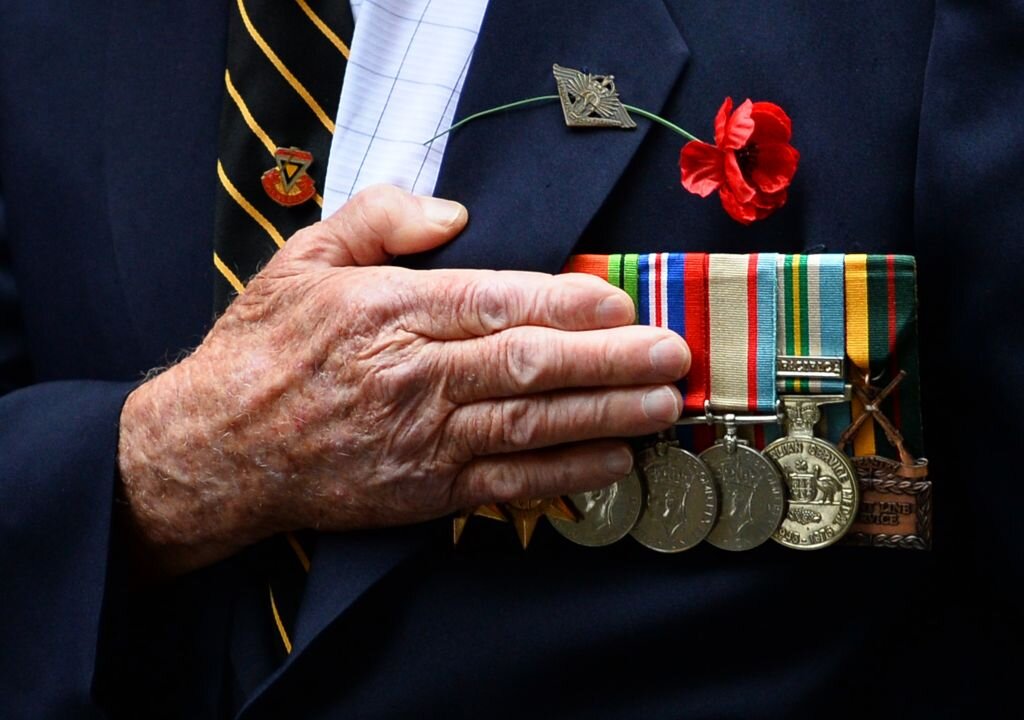
An Australian war veteran takes part in the annual ANZAC Day Parade in Sydney on April 25, 2014. Anzac Day commemorations are held on this day each year to mark the anniversary of the ill-fated landing of the Australian and New Zealand Army Corps (ANZAC) at Gallipoli in World War I. AFP PHOTO/Peter PARKS (Photo by Peter PARKS / AFP) (Photo by PETER PARKS/AFP via Getty Images)
Advocacy groups are calling for an expansion of the veterans’ “gold card” benefits, suggesting this move could alleviate pressure on the Department of Veterans Affairs (DVA) and encourage more personnel to remain in military service. The Senate Foreign Affairs, Defence, and Trade References Committee is expected to release a report that includes recommendations for changes to veterans’ benefits, where gold card accessibility is a key discussion point.
Understanding the Cards: White and Gold
The DVA issues several types of cards to veterans, with the white card specifically designed for those who have sustained injuries or developed illnesses due to their military service. In contrast, the gold card offers a broader range of benefits. It is issued to veterans who have permanently lost their ability to work due to service-related injuries or disabilities, as well as certain family members of eligible veterans.
The white card covers treatment for accepted service-related conditions, including mental health issues such as PTSD, depression, and anxiety, as well as other health problems outlined under the “Non-Liability Health Care” provisions. These include serious illnesses like malignant neoplasm (cancer) and pulmonary tuberculosis.
Conversely, the gold card provides comprehensive coverage, offering free treatment for all medical conditions, regardless of whether they are service-related. This includes general practitioner services, specialist consultations, hospital care in both public and private sectors, dental and optical care, mental health services, and subsidised pharmaceuticals through the Repatriation Pharmaceutical Benefits Scheme.
While there is also an orange card for veterans of the Second World War, which provides concessions for prescription medicines, wound care items, and nutritional supplements, the current focus is on the gold and white cards.
Current Statistics and Future Considerations
As of June 2024, approximately 103,000 veterans hold gold cards, while around 188,000 have white cards. The push for expanding the gold card’s scope comes from the belief that enhancing these benefits could significantly improve the well-being of veterans and their families, while also serving as an incentive for current military personnel to remain in their positions.
Advocacy groups argue that by broadening access to the gold card, the DVA could reduce the strain on its resources. With increasing demands on the department, expanding the benefits could not only serve veterans better but also contribute to military retention during challenging times.
The upcoming report from the Senate Committee may provide crucial insights into the feasibility of these proposed changes. Stakeholders are hopeful that the recommendations will lead to tangible improvements in veterans’ healthcare and support systems.







